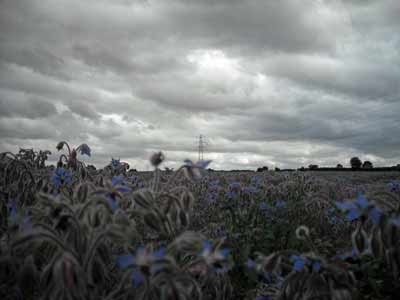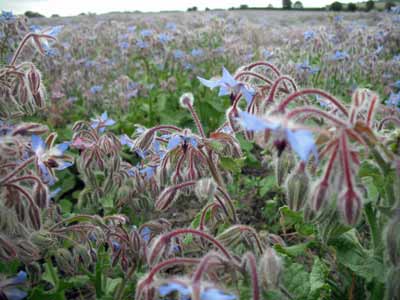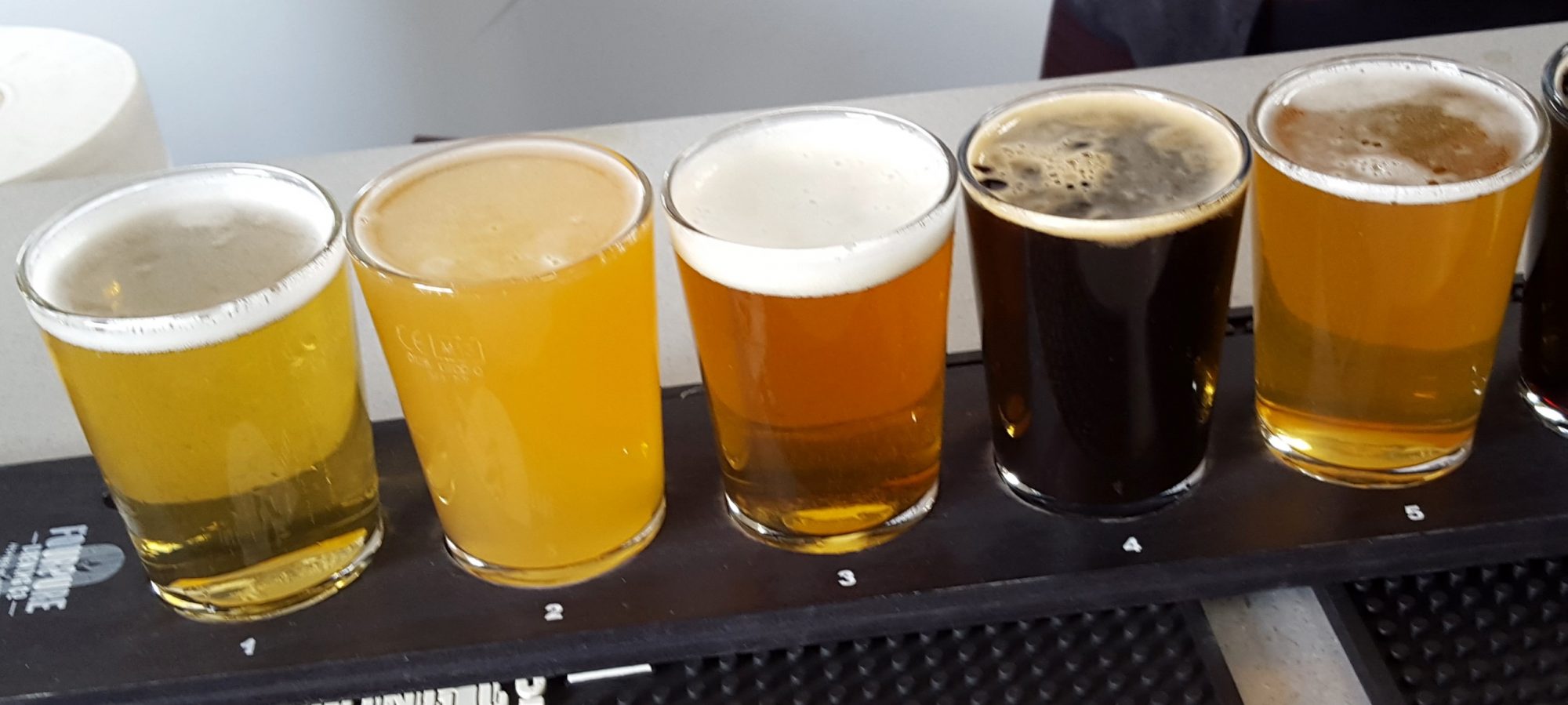One attractive aspect of the Chilterns countryside is how the fields change colour — usually very imperceptibly from brown in the autumn, through to ever-deepening green in the winter (with autumn planted crops) through to spring and now they’re almost a bright straw-yellow, even the pastureland.
We’re also used to the sudden bright-yellow of the oilseed rape crop in mid-spring — after which the plants take on an untidy, wizzened green.
But in the last couple of years some fields have been turning a mysterious mauve colour. It’s very attractive but rather unsettling — what kind of crop is purple? While jogging along on the Wycombe Half Marathon yesterday I saw other people puzzling over a big field of the crop between Flackwell Heath and the M40.

I eventually found the answer after taking a walk through a field of these unknown plants between Horsenden and Bledlow. Seeing the plant close up it was apparent that colour comes from the plant’s bright blue flowers – the light catching the flower buds gives the purple appearance.

I knew it resembled something in my garden and I later managed to do a bit of researching on the web and happened to identify the crop as borage. This is a herb that can grown quite invasively in gardens and its leaves can be used in cooking. But what it’s grown for on a commercial scale is its oil. Borage seeds yield the highest concentration of Omega-6 oils of any plant – that’s the fatty acid that’s meant to be very healthy. Funny how the goodness of the Chiltern soil might be extracted and put into the little bottles that vitamin counter at Boots. There’s even a product that uses borage oil as an ingredient that is sold in Boots that is meant to increase female libido if it is smeared on the genital area — maybe a more interesting fate for a crop than being made into Weetabix?
